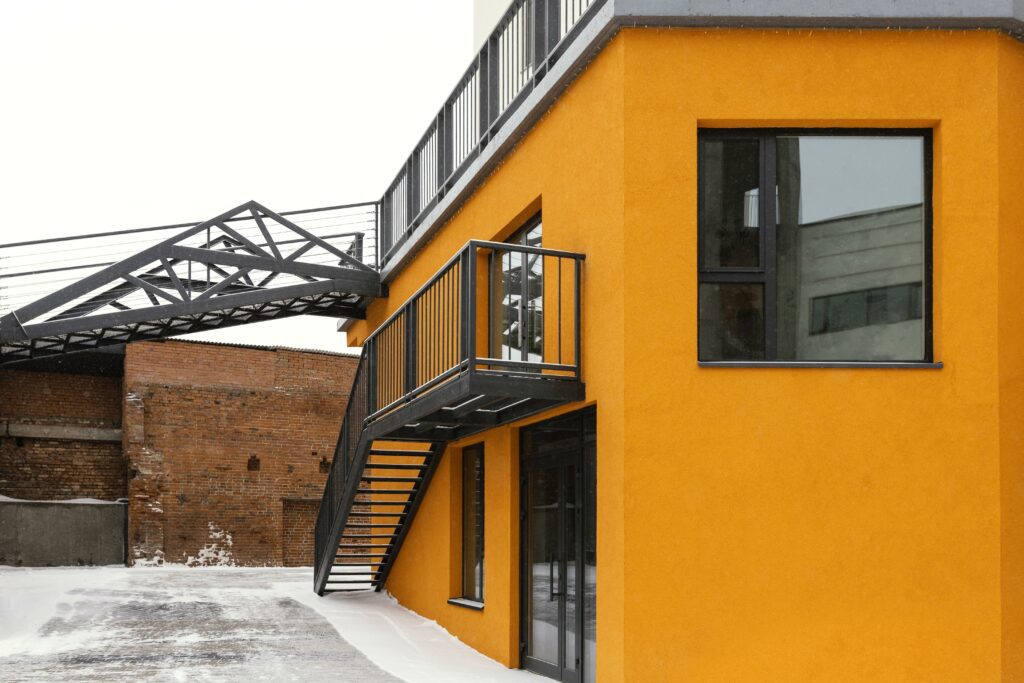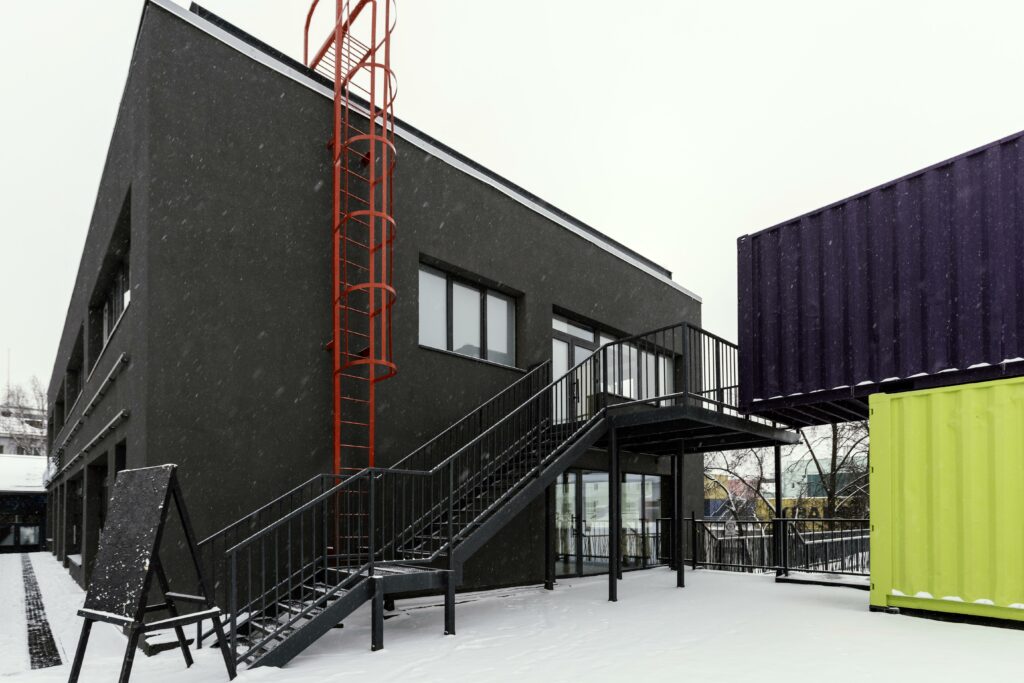When it comes to constructing a new building, the choice of materials and methods can significantly impact the project’s cost, timeline, and final outcome. Traditional homes, often composed of materials like wood, brick, or stone, have been the norm for centuries. However, metal building construction has been gaining traction due to its unique advantages. Below, we will examine the stark contrasts between metal building construction and traditional homebuilding methods, offering homeowners, developers, and architects a comprehensive view of these divergent approaches.
1. Material Properties and Durability
Metal Buildings
One of the most notable differences lies in the inherent properties and durability offered by metal as a building material. According to insights from Metal-Buildings.org, metal structures provide an exceptional level of durability, and resistance to environmental stressors such as high winds, heavy snow, and even fire. This formidable resilience translates into a longer lifespan for metal buildings compared to their traditional counterparts. Furthermore, metal’s ability to withstand the test of time with minimal maintenance requirements underscores a significant advantage, particularly in regions prone to severe weather conditions or where long-term sustainability is a priority. This durability factor not only impacts the structural integrity but also contributes to a more cost-effective ownership experience over the building’s life cycle.
.
Traditional Homes
On the other hand, traditional homes often utilize wood, which, while aesthetically pleasing and classic, is susceptible to termite infestation, and mold growth, and can be compromised under extreme weather conditions. Wood requires more maintenance over time to preserve its integrity and appearance. Brick and stone offer increased durability but at a higher cost and weight, which may incur additional foundation demands.
2. Construction Speed and Efficiency
Metal Buildings
Another striking difference is the speed and efficiency of construction that metal buildings offer. Unlike traditional homebuilding, which can be subject to weather delays and lengthy construction timelines due to the nature of materials like wood and brick, metal buildings can be erected much faster. The components of a metal building are pre-engineered and fabricated off-site, allowing for a streamlined assembly process once on site. This not only reduces the overall construction time but also minimizes labor costs and the potential for errors. The efficiency of metal building construction is a boon for projects with tight deadlines or for those looking to reduce the environmental impact of construction by lessening the time spent on site and the associated carbon footprint.
Traditional Homes
In contrast, the construction of traditional homes often involves a more labor-intensive and time-consuming process. The use of materials such as wood, brick, or stone requires skilled labor for cutting, fitting, and laying, prolonging the overall construction timeline. Weather conditions play a larger role in delaying projects, as these materials can be affected by moisture, which is not a concern with prefabricated metal components. Additionally, the need for on-site adjustments and the variability of natural materials can lead to unforeseen challenges and expenses, impacting both the efficiency and cost-effectiveness of the construction process. This fundamental difference in construction methodology underscores why many developers and homeowners are turning to metal building construction for its predictability and speed.
3. Architectural Flexibility and Customization
Metal Buildings
While metal buildings were historically associated with utilitarian and boxy designs, modern engineering advancements have expanded their architectural versatility. Clear span capabilities—uninterrupted by interior support columns—create vast spaces suitable for large, open-plan designs.
Traditional Homes
Traditional homes, on the other hand, can offer a wider range of aesthetic appearances due to the versatility of materials like wood, brick, and stone. However, the need for load-bearing walls can restrict the open space within these structures and influence the overall design possibilities.
4. Energy Efficiency and Insulation
Metal Buildings
Metal buildings, with the correct design considerations, can be highly energy-efficient. The use of reflective coatings, advanced insulation systems, and proper ventilation all contribute to maintaining a consistent internal temperature while reducing energy costs.
Traditional Homes
Traditional homes have a natural advantage in insulation due to the materials often used, such as wood, which has inherent insulating properties. However, achieving high energy efficiency may require additional insulation materials and thoughtful window and door placements.
5. Cost Implications
Metal Buildings
Upfront costs for metal building construction may be lower due to the decreased labor and time required for erection. The longevity and minimal maintenance required for metal buildings can also result in cost savings over the life of the building.
Traditional Homes
The initial costs for traditional homes vary widely based on the choice of materials and the design’s complexity. While the up-front expense might be higher, especially with custom features, these homes can retain or appreciate in value over time, reflecting traditional aesthetics and building techniques.

In conclusion, the distinction between metal building construction and traditional homebuilding is considerable, each with its own set of strengths and appropriateness for different project requirements. Homeowners, developers, and architects must weigh these factors meticulously, considering not just the immediate needs but also the long-term implications and the potential return on investment. It is the combination of these considerations that will lead to an informed, strategic decision in the choice of construction methodologies.


